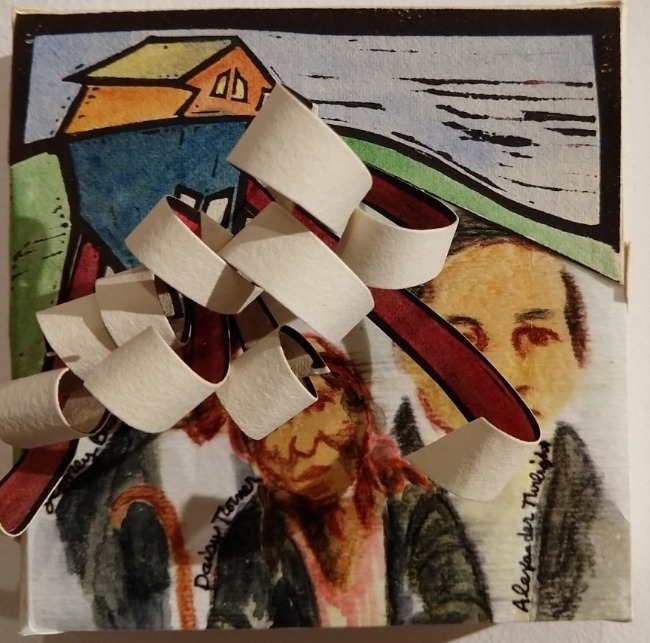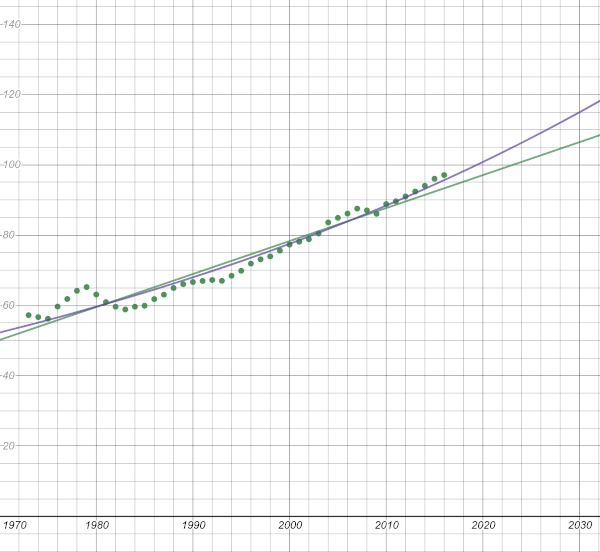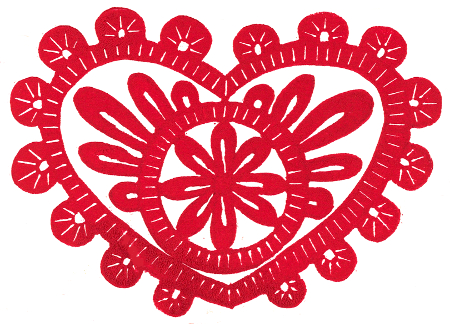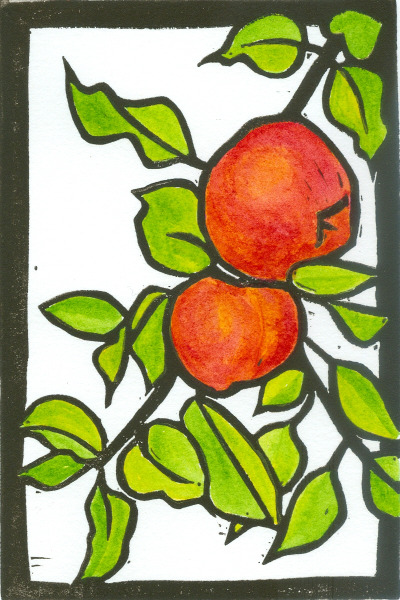Open Studio Weekend at Long River Gallery
Saturday and Sunday, June 19th and 20th
On Open Studio Weekend, Vermont Crafts Council members open their studios or galleries to the public. Come to Long River Gallery, meet some of our artists and see them demonstrate their techniques. Make it a day of great food and great art, visit us after a nice brunch at Piecemeal Pies, lunch or dinner at Trailbreak, Tuckerbox, Thyme, or Elixir. Stroll around town and check our new neighbors, Kishka Gallery & Library at 83 Gates Street and Tourist, at 89 South Main Street.
when – Saturday June 19th from 10 AM to 6 PM and Sunday June 20th from 10 AM to 4 PM (masks required)
where – 49 South Main Street | White River Junction, VT
follow the signs from I-89 (Exit 11), I-91 (Exit 7), or the intersection or VT Routes 4 (from Quechee) and 5
what –
- Artist demonstrations (see lineup below)
- Sales on some items
- Sweets for the Sweet, free caramels with each purchase over $10, until supplies run out
- Free gift wrapping on request

Betsy Derrick, Interactive Pastels Demonstration, Sat 10-1
Painter Betsy Derrick will do an interactive demonstration, sharing information, demonstrating different techniques and material for the pastel medium, and letting visitors use materials themselves. This will include soft, hard, and oil pastels, also different surfaces and tools.

Sharin Luti, Beadwork Demonstration, Sat 2-5
Artist Sharin Luti will demonstrate two beadwork techniques. Peyote Stitch is an off-loom bead weaving technique from ancient Egypt and indigenous communities that Sharin uses for bracelets and necklaces. Netting Stitch creates a very loose, flexible beaded fabric, which she uses to create beaded scarves.

Tracy Gillespie, Block Printing Demonstration, Sun 11-2
Block printing is a very accessible medium: beginners and experts, artists and non-artists alike can find satisfaction in it because the prints can be both very controlled yet also contain spontaneous quirks that add to their beauty. In this demonstration Tracy will show the entire process: print design, carving the block, printing, and coloring with watercolors.









